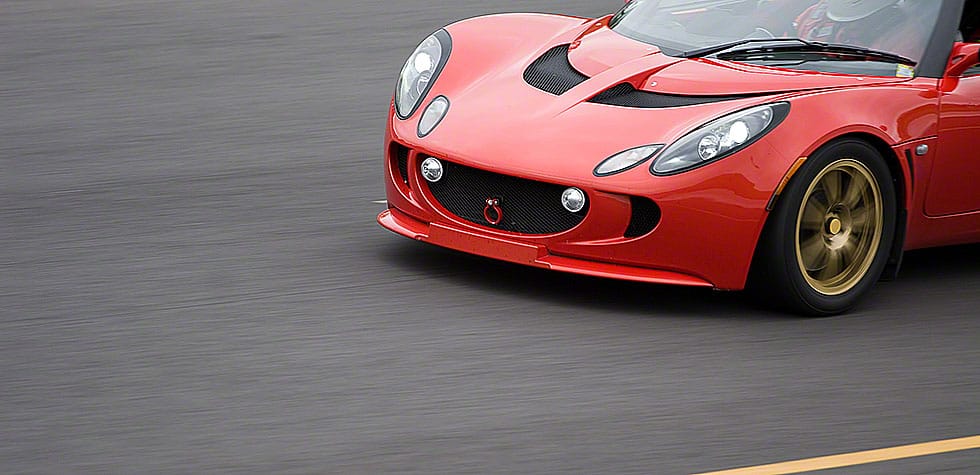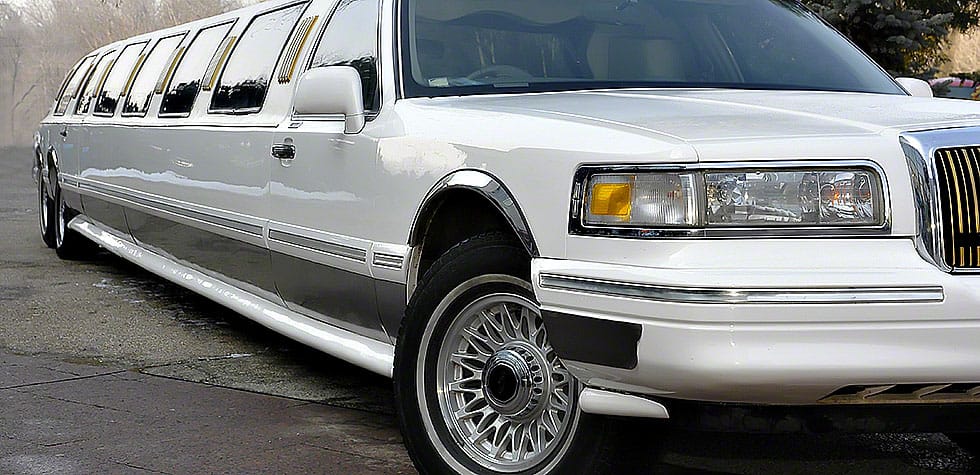
PPFs are the ultimate solution to protect your vehicle and improve its visual appeal. Paint protection films are available in colored and transparent types. Colored films are usually preferred by those who are limited on a budget and cannot afford to get their vehicles repainted or simply change the look of their vehicle. Clear paint protection films also known as clear bra are simply meant to protect and maintain the exterior of the vehicle. Let’s take a closer look at what both types have to offer and help you make an informed decision.
What Is The Basic Difference Between Colored And Clear PPF?
Before we can dive into the details, you should know the basic difference between colored and clear paint protection film. As mentioned earlier, clear paint protection film is a transparent film that is installed on the vehicle’s body to keep it from getting damaged from external factors like chemical reactions from salts and fading due to UV rays exposure.
It is a good investment for your vehicle especially if the vehicle is regularly driven on highways with the probability of rocks and chips damaging the vehicle’s paint. Clear paint protection films are also used to preserve unique and expensive vehicles. This helps the owners maintain the vehicle’s originality and resale value.
When compared with colored paint protection film, clear films tend to be relatively cheaper in terms of maintenance. But, a common factor between the two films is that both are installed by experts in controlled environments.
On the other hand, colored paint protection films come in different colors, allowing vehicle owners to opt for a striking look for their vehicles. Instead of getting the vehicle repainted, vehicle owners tend to opt for colored films that completely change the look of the vehicle. This also protects the vehicle’s original paint against scratches and other potential threats.
Although both share a set of benefits and drawback, at the end of the day, it’s about your requirements. Some choose to make their cars stand out while others opt for protection.
What Are The Unique Properties Of Clear PPF?
One thing you need to keep in mind about clear paint protection films is that they are solely and mostly used for protection purposes. That said, they are made using special materials and techniques to be able to withstand rocks, chips, moisture, and extreme weather conditions.
Modern paint protection films are self-healing. This means they can repair themselves when coming in contact with the sun. In addition to protection against scratches, clear films also help keep the temperature down during the summer season by reflecting the UV rays.
If your vehicle is parked directly under the sun for long hours during the day, do not be surprised if the paint starts to fade. A clear paint protection film in this regard will help protect the paint and keep the vehicle looking new for several years.
What Are The Unique Properties Of Colored PPF?
The unique properties of colored PPF lie in the basic difference. These films are available in almost every color so you can change the color of your car to any shade you want. The best thing about colored films is that they not only help protect the vehicle but also give it a new look.
This is a budget-friendly option for those who cannot afford to get their vehicles repainted. Plus, these films can also be used to wrap vehicles that are meant to attend car events or other similar occasions. Colored paint protection films also come in different qualities.
While cheaper films tend to fade and discolor with time, high-quality colored films come with guarantees and warranties to ensure they last a while.
How Are Paint Protection Films Installed?
Paint protection films regardless of being colored or clear are installed in the same way. It’s similar to car window tinting Springfield. Whether you choose dyed or ceramic tints, the installation process is the same.
To begin with, the vehicle is thoroughly washed and clean. Experts use a combination of different chemicals and techniques to remove even minor contaminants. The reason is that the films should bond properly to the exterior of the vehicle.
Dirt, dust, and other external factors directly impact the longevity of the paint protection films. This is why the installation process takes place in controlled environments basically in studios where dirt, dust, and moisture cannot enter. Then, the experts measure the dimensions of the vehicle and start cutting the film accordingly.
Using a squeegee and a lubricating agent, the experts lay the film over the vehicle’s body and extract the extra solution by running the squeegee over the film. Slowly but gradually, the entire vehicle is covered with the film and is left to cure. The curing process takes time depending on the temperature.
Warm temperatures help the film cure a lot faster than cold temperatures. So, if you plan on installing the film yourself, make sure you use a heat gun or a hair dryer to help the film bond properly.
How To Choose The Right PPF Installer?
Choosing the right installer can be a tough task. While you are out on the hunt, you will come across many options that will make the entire process a bit overwhelming. The best way to find the right expert is by asking around in your social circle first.
It might be that a friend or a family member recently got a paint protection film installed. One important factor you should keep in mind is that you will come across many experts who are willing to offer their services at a lower price than the market average.
While it may seem tempting, you should be careful. Always opt for a licensed or certified installer who deals in authentic products. Because paint protection films are very delicate in terms of installation, experts utilize years of experience and skills to get the job done successfully.
This is why getting a paint protection film installed on your vehicle is an investment rather than an expense. You get to keep your vehicle protected from issues that will affect the resale value of your vehicle.
Do Paint Protection Films Require Maintenance?
Paint protection films once installed will need care and maintenance to enhance their lifespan. This means that you should perform a close inspection at least every week or month to ensure it is not peeling off. At the same time, you should also keep your vehicle dirt and dust-free.
The reason is that fine particles can easily find a way inside the film and cause the film to peel off. As a result, you will need to remove and replace the entire section. Plus, the film can also discolor if the vehicle is left with dirt and dust accumulations for days.
Conclusion
Both of the PPF types have their pros and cons so you have to consider them before making a decision. Regardless of what you choose, always opt for an expert paint protection film installer Springfield to get the job done. Moreover, ensure that the PPF is maintained and the vehicle is parked in safe environments to reduce any chances of damage to the film. This will go a long way in terms of increasing the lifespan of the film and protecting your vehicle.



